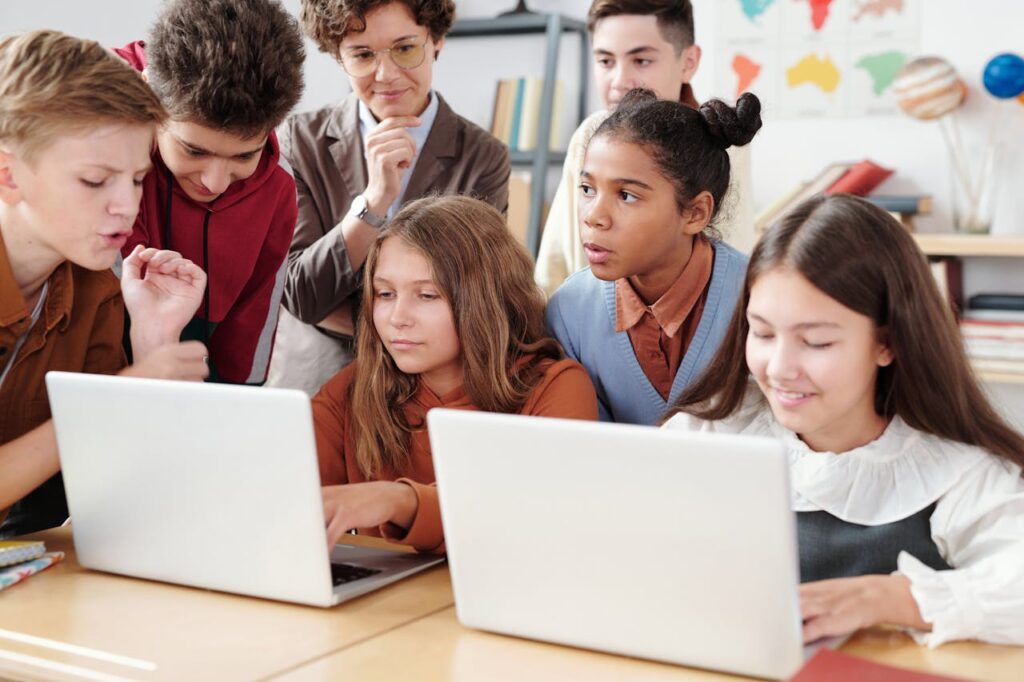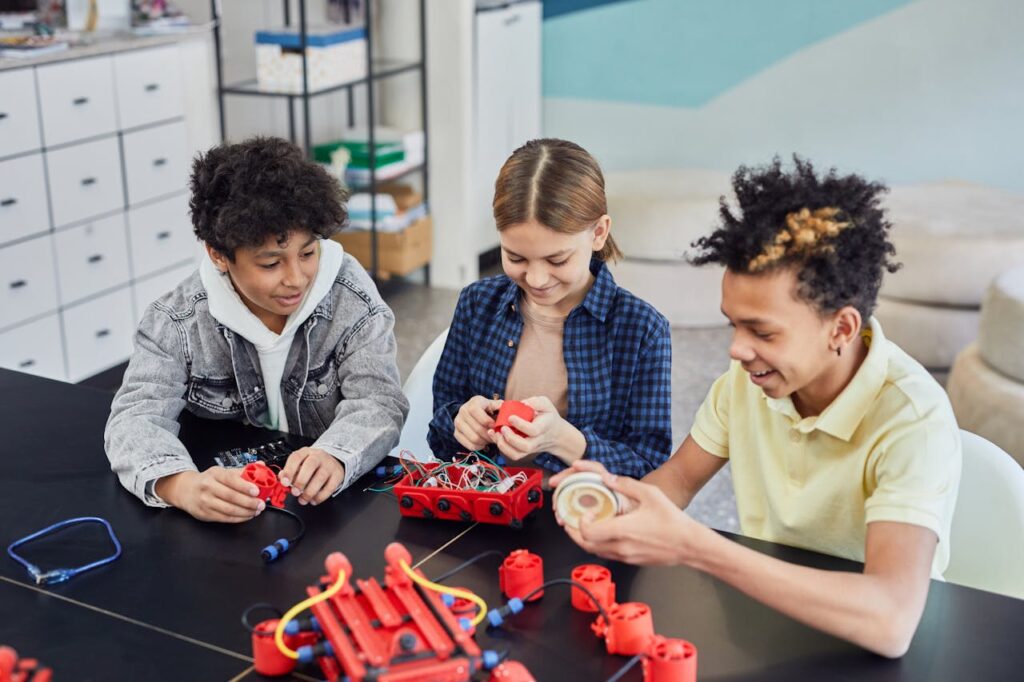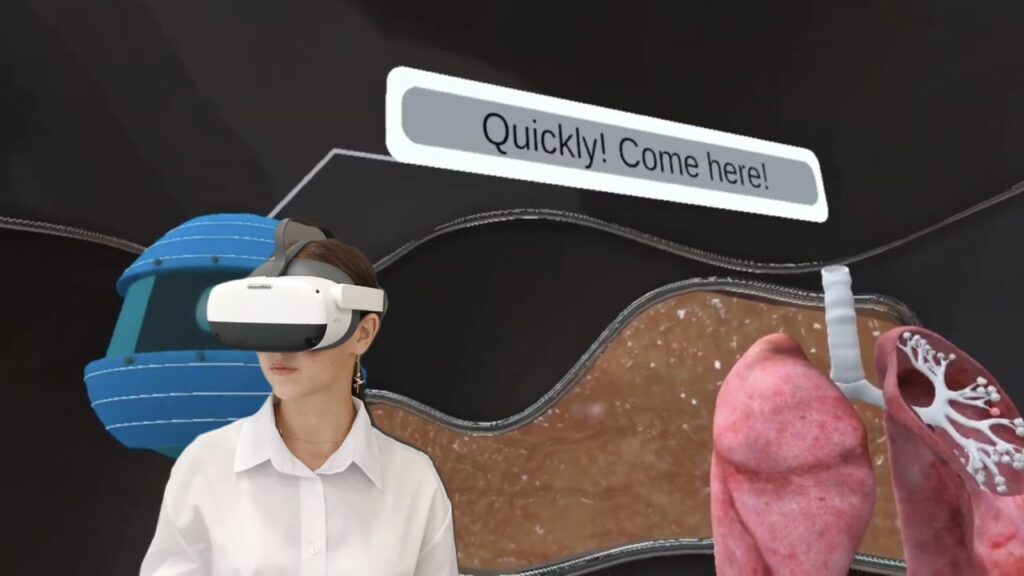

In today’s fast-paced world, many of us find ourselves constantly doing—whether it’s working, scrolling through social media, or juggling endless to-do lists. Yet, despite this perpetual busyness, we often feel a sense of emptiness or disconnection, as if we’re merely going through the motions rather than truly living. The secret to reigniting our zest for life and enhancing our mental and physical well-being may lie in a simple yet profound concept: fun.
But what is fun, really? Contrary to popular belief, fun isn’t just about laughter or engaging in activities labeled as “fun” that leave us feeling unfulfilled. According to Catherine Price, in her enlightening TED Talk, fun is a deeper, more meaningful experience characterized by three key elements: playfulness, connection, and flow. By redefining fun through this lens, we can tap into its remarkable ability to energize us, foster presence, and improve our overall health.

Playfulness doesn’t necessarily mean playing games or engaging in make-believe. Instead, it’s about adopting a lighthearted attitude, doing things for the sheer joy of them without worrying excessively about the outcome. It’s letting go of perfectionism and allowing ourselves to be spontaneous and open to new experiences. When we’re playful, we lower our guard and stop taking ourselves too seriously, which opens the door to genuine enjoyment.
Connection refers to experiencing a special bond during an activity, often shared with others. While it’s possible to have fun alone—feeling connected to oneself, nature, or the activity itself—most peak fun experiences involve other people. This holds true even for introverts. Shared laughter, mutual participation, and the exchange of ideas deepen our sense of connection and enrich the fun we experience.
Flow is the state of being so fully immersed and engaged in an activity that we lose track of time. It’s when we’re “in the zone,” whether we’re playing a musical instrument, engaging in a sport, or absorbed in a creative project. Flow requires complete focus and presence, allowing us to experience activities at their most rewarding level. While it’s possible to be in flow without having fun (such as during an intense debate), it’s impossible to have fun without entering a state of flow.

Redefining fun to encompass playfulness, connection, and flow elevates it from a trivial pursuit to a powerful catalyst for mental and physical health.
Fun injects a burst of energy into our lives. Unlike activities that drain us, fun replenishes our internal reserves. It leaves us feeling invigorated rather than exhausted, ready to embrace new challenges with enthusiasm.
In an age where distractions are omnipresent, achieving a state of presence is increasingly challenging. Fun naturally draws us into the present moment. When we’re genuinely having fun, we’re fully engaged with our surroundings and experiences, freeing us from worries about the past or future.
Chronic stress and feelings of isolation can have detrimental effects on our health, increasing the risk of various illnesses. Fun counteracts these effects by reducing stress hormones and promoting social interaction. Engaging in fun activities can lower blood pressure, boost the immune system, and improve mental health by reducing anxiety and depression.
Fun fosters deeper connections with others. It breaks down barriers, allowing us to relate to people beyond superficial levels. Shared fun experiences can improve relationships, enhance communication, and build a sense of community.
The importance of fun extends beyond personal well-being; it plays a crucial role in education. Students today face immense pressure to perform academically, often at the expense of their mental health. Incorporating fun into learning can alleviate stress, increase engagement, and improve educational outcomes.

At XReadyLab, we are passionate about integrating fun into education through innovative technologies like virtual reality (VR). We believe that VR is uniquely positioned to provide the three essential elements of fun—playfulness, connection, and flow—thereby enhancing both learning and well-being.
Traditional education often involves passive learning from textbooks, which can be monotonous and disengaging. VR transforms this experience by immersing students in interactive, colorful worlds where they can actively participate in their education. For example:
By making learning playful, VR encourages students to embrace new concepts enthusiastically.
VR’s immersive nature helps students enter a state of flow more readily. When students put on a VR headset, they are transported to a different world where distractions fade away. This level of engagement allows them to focus deeply on the task at hand, whether it’s solving a complex problem in VR physics or exploring historical events in a virtual time machine.
While VR is often perceived as a solitary experience, it has significant potential for fostering connection:
At XReadyLab, we recognize the importance of connection in education and are actively working on implementing and enhancing multi-user experiences in our VR solutions.
In our previous article on Teacher Mental Health, we discussed the significant stressors educators face and the importance of mental well-being. By integrating fun into educational settings, we not only support students but also create a more positive and fulfilling environment for teachers.
Fun should not be an afterthought or a rare indulgence; it should be a fundamental component of our daily lives and educational systems. Here are some steps we can take to prioritize fun:
If you’re interested in exploring how VR can revolutionize education by incorporating fun into learning, we invite you to experience it firsthand. Our VR solutions offer immersive STEM labs and educational experiences that align with curriculum standards while making learning enjoyable and engaging.
Discover how VR can make a difference in your educational environment:
👉 Request your free demo today and take the first step toward transforming education through fun.
For more insights on the intersection of mental health and VR education, check out our recent article on Balancing Mental Health and Academic Success with VR Education.
Redefining fun as a combination of playfulness, connection, and flow reveals its true power as a catalyst for better mental and physical health. Fun is not a frivolous luxury; it’s a vital component of a fulfilling life and an effective educational tool.
By embracing fun in our personal lives and integrating it into educational systems through technologies like VR, we can:
At XReadyLab, we are committed to bringing the benefits of fun to education through our innovative VR solutions. Together, we can create a world where learning is not just effective but also joyful and enriching.
Let’s redefine fun and unlock its potential to transform lives and education. Embrace playfulness, seek connection, and find your flow with VR education.
Frequently Asked
We prodive VR biology, VR physics, and VR chemistry simulations. Please, check our catalog.
Please, fill the form to get demo labs for free.
Please contact our customer support service at support@xreadylab.com or book a call with the team to find out the conditions and book the VR class set up at your school.
Subscription to XReady Lab interactive VR labs. If you are a school, then you are also given access to the VR classroom system. VR class system helps you easily launch VR lessons for a large number of students, follow the experience of each student, as well as customise the content without developers.
We adhere to the world’s generally accepted recommendations and research. Our products are suitable for children from 12 years old.